Components, Systems and Services Developed in Alignment with the SOSA Technical Standard
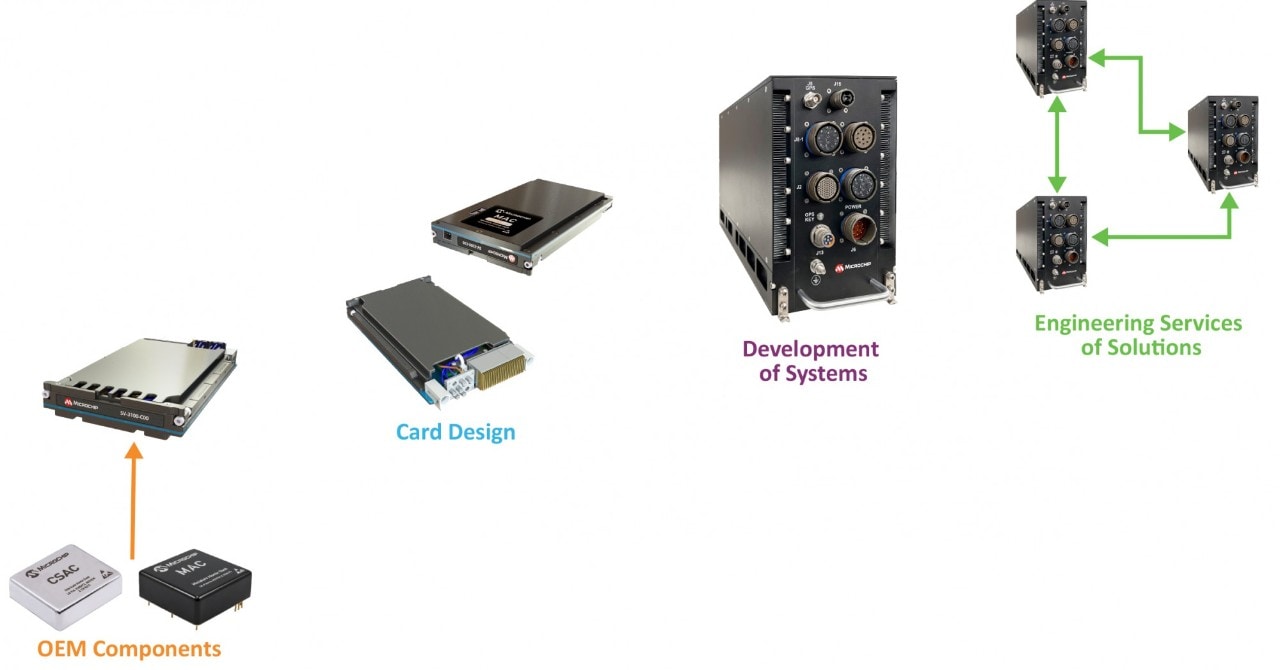
In support of the MOSA initiative, the SOSA Technical Standard was established by leveraging the pre-existing initiative—Command, Control, Communications, Computers, Cyber, Intelligence, Surveillance, Reconnaissance (C5ISR)/Electronic Warfare Modular Open Suite of Standards, collectively known as CMOSS. The SOSA Consortium empowers the government and industry to collaboratively develop open standards and best practices to accelerate the deployment of affordable, agile and composable sensor systems. System hardware developed in alignment with the SOSA Technical Standard draws from the OpenVPX standard in addition to other open standards driven by the army, navy and air force.
We provide a variety of PNT technologies, products and engineering services for missions that use platforms developed in alignment with the SOSA Technical Standard or the CMOSS standard.
Products and Services
- Our embedded atomic oscillators are board-mountable and an excellent choice for portable, battery-powered applications where power is limited and quick, accurate frequency is required after power-on. With built-in 1 PPS disciplining capability, these atomic clocks deliver accuracy with low size, weight and power for applications where performance and ruggedness count.
- Our extensive OCXO product portfolio supports very high stability/sub-PPB, low phase noise and low g-sensitivity requirements in applications that use M-Code timing products. These OCXO products are ruggedized and hermetically sealed to absorb high levels of shock and vibration and support operating temperature ranging from −55°C to +95°C.
- Our PNT plug-in cards with atomic clocks (MAC or CSAC), M-Code GNSS receivers, IMUs, Software-Designed Radios (SDR) and more can be integrated into next-generation PNT systems developed in alignment with the SOSA Technical Standard and based on an OpenVPX form factor.
- Our engineering team can work with you to provide card-level, system-level and customized OpenVPX-based solutions for your most demanding PNT applications. Using the industry’s most advanced PNT fusion technologies and two-way time transfer methods, we help decentralize PNT sources to enable the most flexible and extensible solutions.
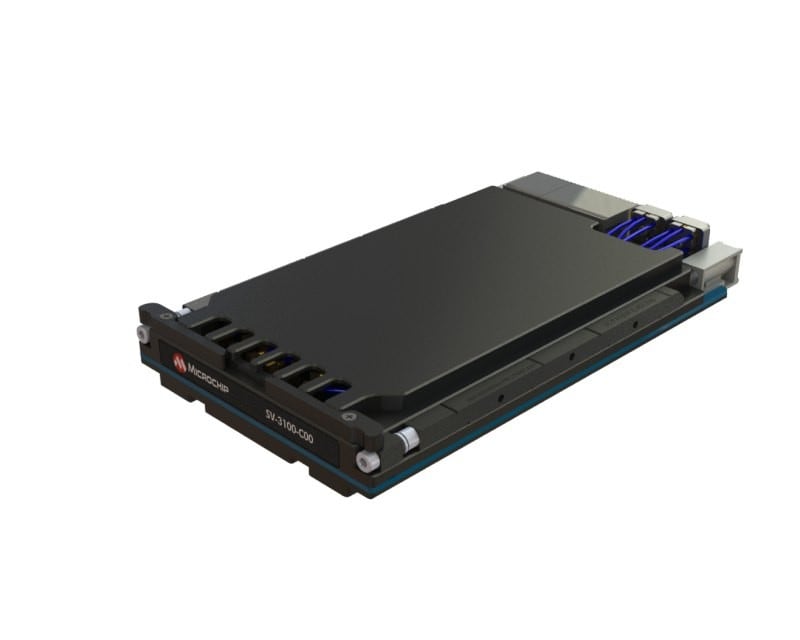
Timing Card
The timing card is radial slot plug-in compatible and capable of measuring and providing frequency signals and PNT data across a chassis or system in alignment with the SOSA Technical Standard. The timing card can steer to an external reference or an on-chassis reference such as the PNT source card's miniature atomic clock.
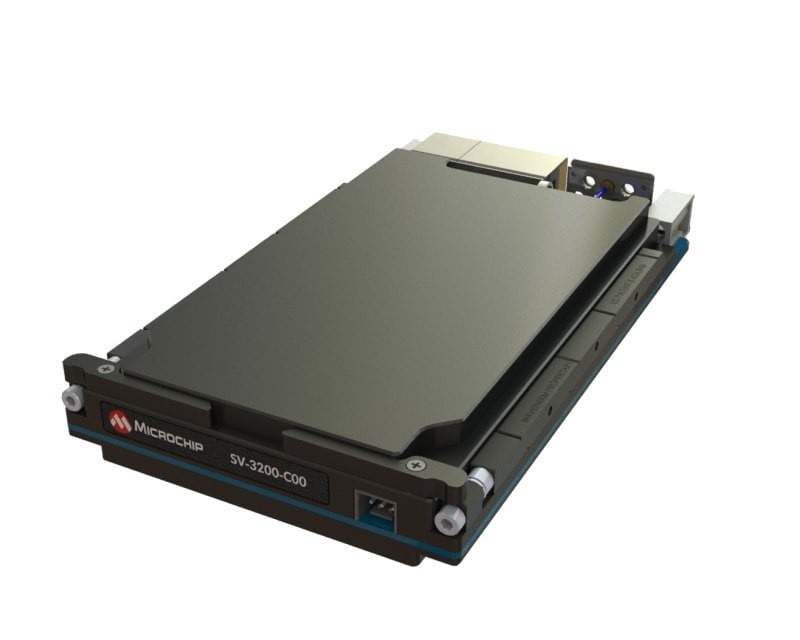
PNT Source Card
The PNT source card is payload plug-in compatible and is used to precisely measure and publish PNT data to the timing card. The card can be equipped with a military or civilian GNSS receiver and a miniature atomic clock (MAC). The card also houses a tactical grade Inertial Measurement Unit (IMU).
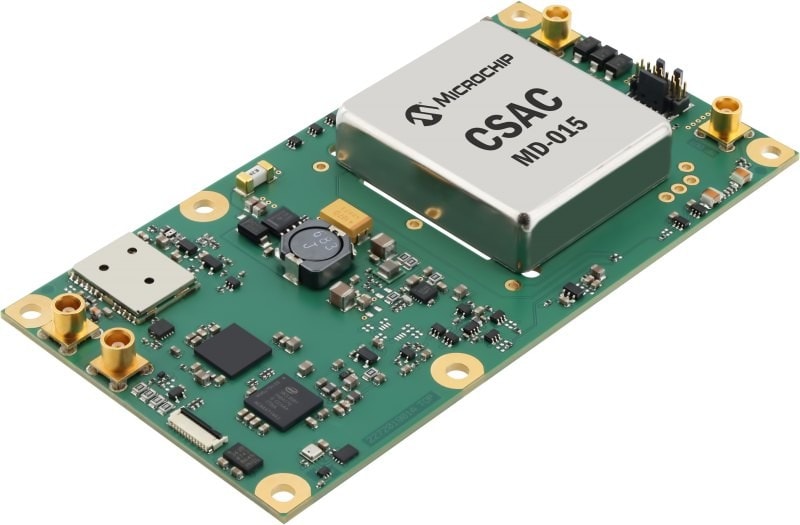
MD-015
Atomic Clock Stability
The MD-015 offers atomic stability and accuracy and uses a Chip Scale Atomic Clock (CSAC) or Miniature Atomic Clock (MAC-D) as the reference clock to provide optimal holdover time. This is achieved using algorithms that correct for temperature change, frequency aging and pressure sensitivity.
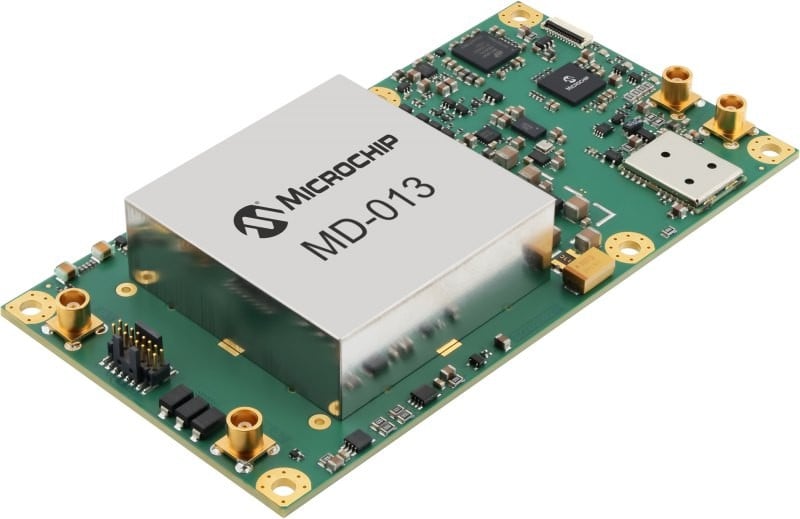
MD-013
GNSS High Stability
The MD-013 is a standard platform module that provides 1 pps TTL, 10 MHz sinewave and 10 MHz square-wave outputs that are disciplined to an external 1 pps reference. The internal reference oscillator is an ultra-stable OCXO.
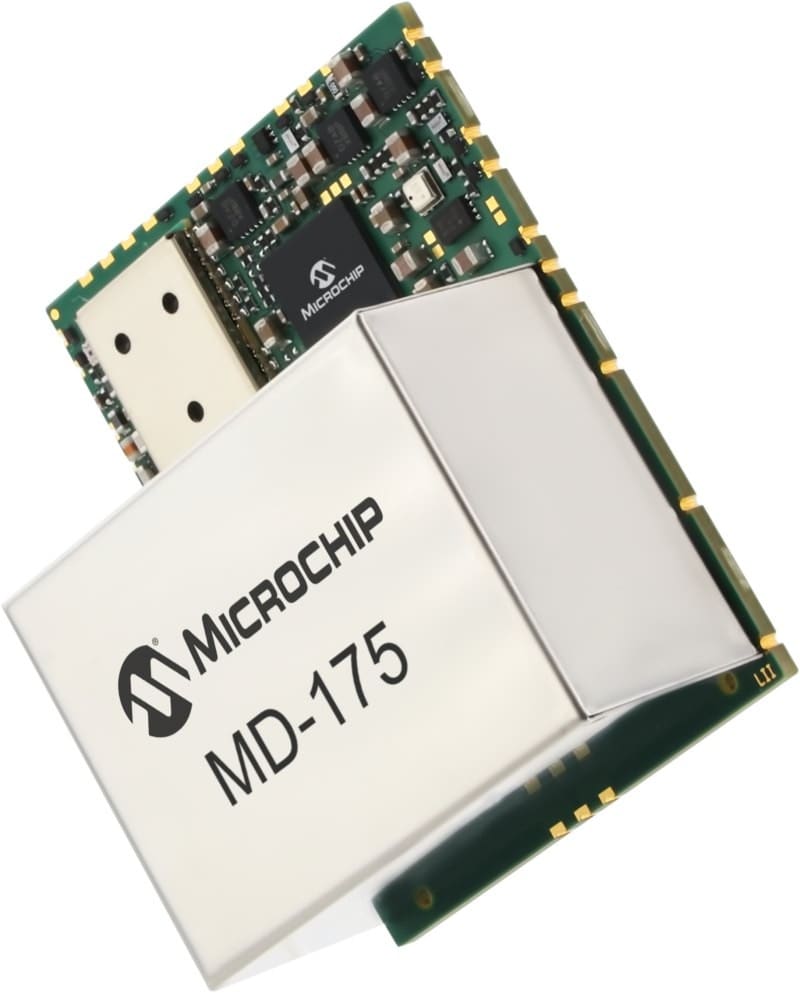
MD-175
GNSS High Stability
Our fully integrated, low-noise GNSS disciplined module is available in a compact, surface-mount 40 × 50 mm footprint. It has an embedded GPS- and GLONASS-compatible 34-channel receiver and provides a 10 MHz sinewave and 1pps HCMOS output. An onboard OCXO provides stability in the unlocked mode.
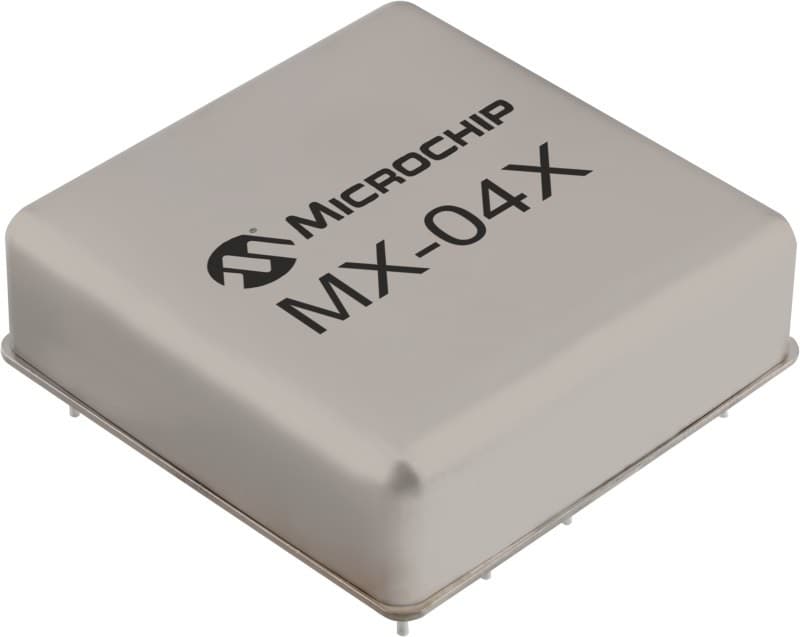
Oven-Controlled Crystal Oscillators (OCXOs)
Our OCXOs are temperature-controlled oscillators with optimal frequency, temperature, aging, phase noise and short-term stability (ADEV).
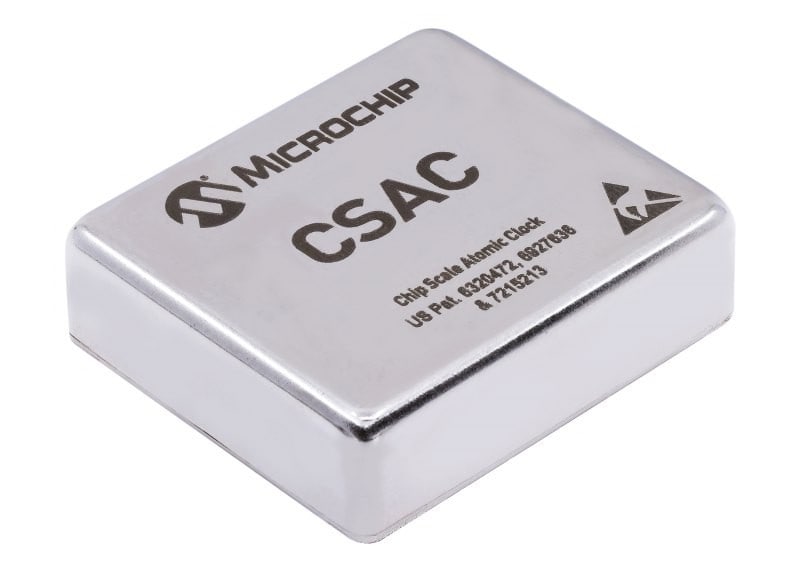
CSAC
World’s lowest-power commercial atomic clock suitable for power-limited and battery-powered applications
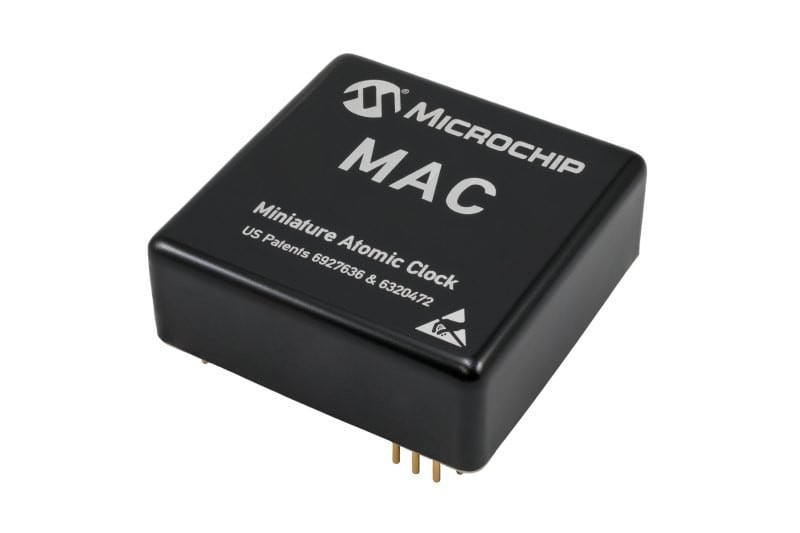
MAC
The MAC-SA5X is designed for applications that require rubidium atomic clock holdover performance but are constrained by size and low power requirements.
Need Help?

Request a Quote
Contact our Client Success Team to get more information about our clock and timing products or to request a quote.

Find Local Sales and Support
We have an extensive network of highly trained clock and timing experts. Go to our listing to locate a sales and support representative in your country.

Access Our Support Portal
Visit our Frequency and Time Systems support portal to download technical documents and other resources, enter support tickets or open RMA service requests.
